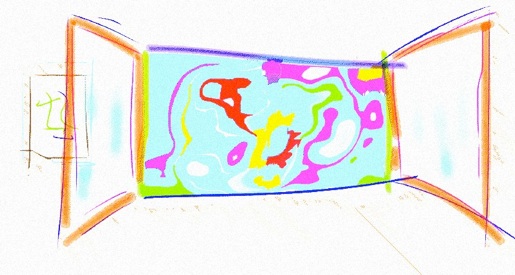La doppia prospettiva della S capovolta in Sarrasine di Balzac
DOI:
https://doi.org/10.13130/2035-7680/4644Parole chiave:
Sarrasine, finestra, mise en abyme, androginiaAbstract
The mise en abyme in Sarrasine, a short story written by Balzac in 1831, is an interesting example of the metaphor of the literary window. This paper starts from the analysis of windows’ basic architectural functions, because the mise en abyme structure allows Balzac to describe the secrets of a mysterious character at a party just as an observer at the window: inside and outside the plot as inside and outside the space.
The view from a window is generally limited by a frame and by the transparency of glass. In Sarrasine these limits are symbolized by the artistic creative process. The story is about a castrato named Zambinella, and a portrait situated into Lanty’s house is the pretext to explain his relation with the family. Zambinella’s androgyny is a Leitmotiv in Sarrasine, but the characters fascinated by his ambiguity are both disgusted and attracted when they discover the real nature of his sex.
Maybe Balzac underlined the importance of seeing through the glass because he aimed to denounce the sexual censorship around intersexuality. The mise en abyme as a window shows how reality is susceptible of a double lecture – active and passive – and the hermaphrodite himself represents the denial of a too strict division between sexual genders.




